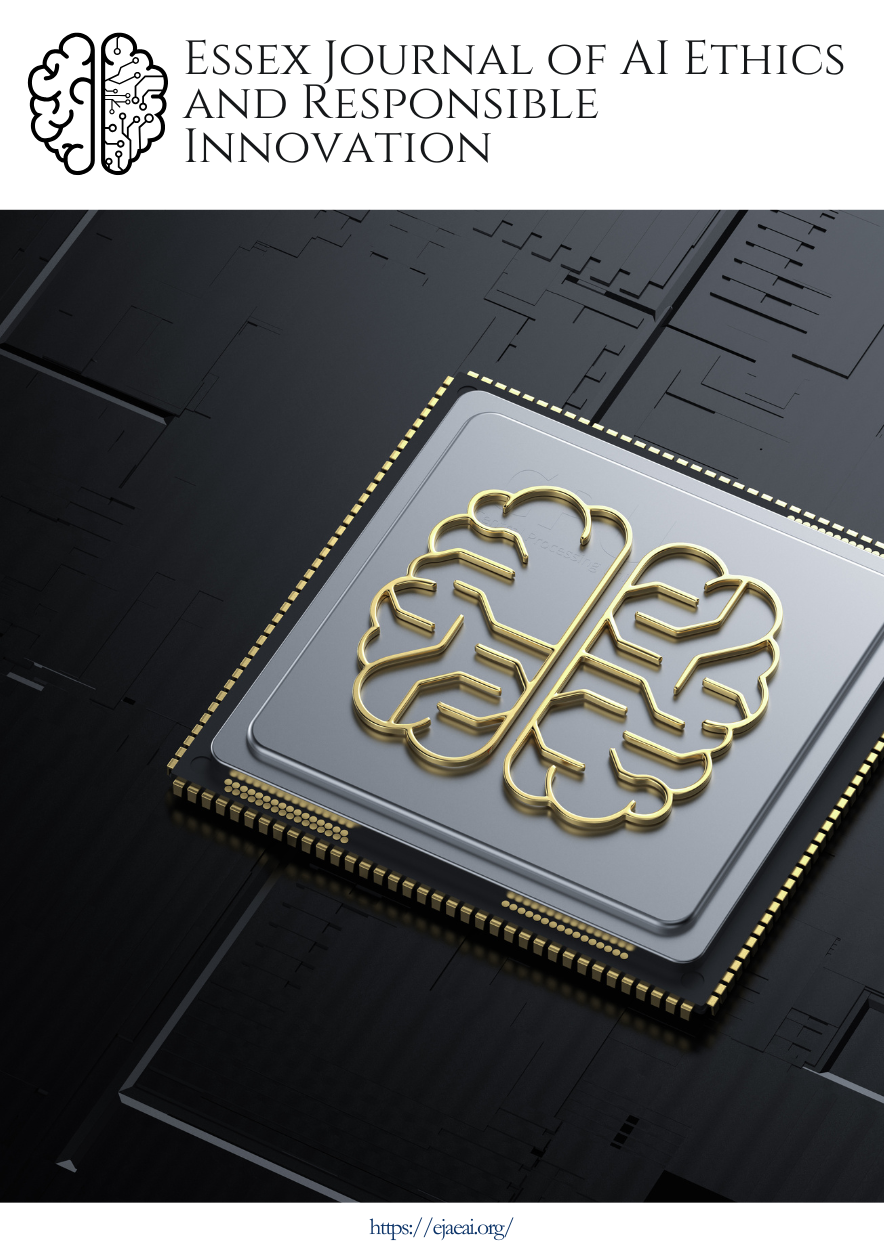AI-Enhanced Attack Surface Management for Cloud-Native Applications: Bridging the Gap Between Automation and Manual Security Testing
Keywords:
AI, attack surface management, cloud-native applications, automationAbstract
The increasing adoption of cloud-native applications has brought about new security challenges, particularly in terms of managing attack surfaces. Traditional security measures often fail to address the dynamic and scalable nature of cloud environments, necessitating the integration of Artificial Intelligence (AI) into attack surface management (ASM). This paper explores the role of AI in enhancing ASM for cloud-native applications, focusing on bridging the gap between automation and manual security testing. The integration of AI allows for continuous vulnerability identification, real-time threat detection, and more accurate risk assessment, while manual testing ensures that nuanced, complex vulnerabilities are addressed. The paper discusses how AI technologies, including machine learning (ML) and deep learning (DL), can enhance ASM by automating repetitive tasks and augmenting the capabilities of security professionals. By examining case studies and recent advancements, this research highlights the synergy between automated AI solutions and manual penetration testing, ultimately proposing a hybrid model that maximizes the strengths of both approaches. This integrated approach is essential for adapting to the evolving threats faced by cloud-native applications, providing a more robust and comprehensive security posture.
Downloads
References
Almusawi, M., & Al-Dubai, A. (2022). AI-based vulnerability management in cloud-native applications. Journal of Cloud Security, 12(2), 45-58.
Anderson, J., & Roberts, K. (2021). Bridging AI and manual testing in cloud-native security. International Journal of Cybersecurity, 19(3), 233-245.
S. Kumari, “Kanban-Driven Digital Transformation for Cloud-Based Platforms: Leveraging AI to Optimize Resource Allocation, Task Prioritization, and Workflow Automation”, J. of Artificial Int. Research and App., vol. 1, no. 1, pp. 568–586, Jan. 2021
Singu, Santosh Kumar. "Designing scalable data engineering pipelines using Azure and Databricks." ESP Journal of Engineering & Technology Advancements 1.2 (2021): 176-187.
Madupati, Bhanuprakash. "Blockchain in Day-to-Day Life: Transformative Applications and Implementation." Available at SSRN 5118207 (2021).
S. Kumari, “Digital Transformation Frameworks for Legacy Enterprises: Integrating AI and Cloud Computing to Revolutionize Business Models and Operational Efficiency ”, Journal of AI-Assisted Scientific Discovery, vol. 1, no. 1, pp. 186–204, Jan. 2021
Singu, Santosh Kumar. "Real-Time Data Integration: Tools, Techniques, and Best Practices." ESP Journal of Engineering & Technology Advancements 1.1 (2021): 158-172.
S. Kumari, “Kanban and AI for Efficient Digital Transformation: Optimizing Process Automation, Task Management, and Cross-Departmental Collaboration in Agile Enterprises”, Blockchain Tech. & Distributed Sys., vol. 1, no. 1, pp. 39–56, Mar. 2021
Madupati, Bhanuprakash. "Kubernetes: Advanced Deployment Strategies-* Technical Perspective." (2021).
Black, S., & Henson, D. (2020). Automated security testing for cloud-native applications: A review. Security and Privacy, 6(4), 44-61.
Brown, T., & Watson, P. (2021). The role of AI in modern attack surface management. Cybersecurity Journal, 10(5), 87-103.
Carter, M., & Williams, L. (2022). Deep learning for cloud-native security: Challenges and solutions. Journal of Machine Learning in Security, 14(6), 115-129.
Chen, R., & Wu, L. (2021). Hybrid security models for cloud-native application defense. Journal of Cyber Defense, 28(2), 201-213.
Cohen, H., & Kumar, R. (2020). Manual penetration testing in the age of AI. Computer Security Review, 17(3), 78-91.
Dawson, G., & Zhang, J. (2022). AI and human collaboration in cloud-native application security. Network Security, 29(7), 165-179.
Green, A., & Singh, M. (2021). Scaling security with AI in cloud-native applications. Journal of Cloud Computing and Security, 7(2), 50-62.
Hall, P., & Jackson, T. (2020). Machine learning techniques for vulnerability identification. Cybersecurity and Machine Learning, 5(8), 120-134.
Harrison, S., & Lee, K. (2021). AI-driven threat detection for cloud-native environments. Cloud Computing Review, 12(6), 200-213.
Jones, C., & Richards, B. (2022). Attack surface management in modern IT infrastructures. International Journal of Cloud Security, 10(4), 44-59.


